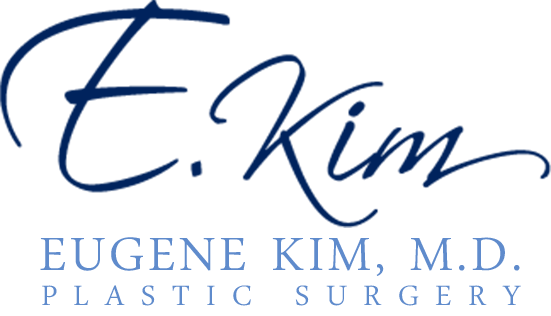 As part of a rhinoplasty procedure, the surgeon may have to reduce a dorsal hump or bump on the nasal bridge. This condition also has a variation which causes the illusion of a significant bump, called the low radix or pseudo-hump.
As part of a rhinoplasty procedure, the surgeon may have to reduce a dorsal hump or bump on the nasal bridge. This condition also has a variation which causes the illusion of a significant bump, called the low radix or pseudo-hump.
The radix is the upper bony part of the nose. The radix and underlying cartilage may be substantial. This leads to the appearance of a bump. If the radix is shallow, it can cause a depression or a bump on the nasal bridge. The surgeon can reduce the size of the radix by carefully shaving away small portions.
The surgeon may use the patient’s own cartilage taken from another area of the nose to add volume to a depressed nasal site. Adding volume to the area right above the radix allows the surgeon to create a straighter slope.
Proper management of the radix is essential to provide the nose a natural appearance. Board certified plastic surgeon Dr. Eugene Kim provides rhinoplasty to patients in Beverly Hills, Los Angeles, Santa Monica, West Hollywood, CA, and surrounding locations.
Pseudo-Hump
A pseudo-hump refers to a nose in which the radix is not properly developed and under-projects. This leads to a facial profile in which the tissue beneath the radix (towards the nose tip) appears fuller than it actually is. If the bone of the radix does not project the overlying soft tissue properly, it causes the creation of a pseudo-hump.
Treating an Underdeveloped and Low Radix
Rhinoplasty with radix tissue grafting is the most appropriate cosmetic surgery procedure to correct an under-projected radix. A radix graft may consist of cartilage, fascia, or other soft tissue.
It is typically created from a carved piece of cartilage, usually sourced from the septum. Subsequently, the surgeon will place this graft beneath the nasal skin and muscle where it remains hidden appropriately.
The surgeon will address the bony structure deficit by placing the cartilage graft over the bone where it will raise the depressed soft tissue. This procedure offers a much straighter profile to the patient without the need to remove any cartilage or underlying bone beneath the radix.
Can you have Weak Radix and a True Hump?
A patient can have both an under-developed radix and a true hump. The benefit of addressing these problems together is that the surgeon can undertake a more conservative approach to removing the hump.
The most appropriate profile line is brought nearer to the hump as the position of the radix is raised. As a result, the surgeon will have to eliminate a lesser portion of the hump to develop a straighter profile. The result of this procedure also appears more natural because of the presence of a stronger nasal starting point.
Radix Correction as Part of Revision Rhinoplasty
The angle between the frontal and nasal bones determines the height of the radix. This height should ideally be proportionate to the dorsal height, length, and nasal tip projection to develop harmonious and more balanced outcomes.
If the radix remains too high, or if the radix graft used during the procedure is too substantial, the nose will have a Romanesque appearance after the surgery. Revision rhinoplasty involves reducing the radix to its ideal proportions relative to the overall facial shape and other nasal aspects.
Cosmetic surgeon Dr. Eugene Kim receives patients from Beverly Hills, Los Angeles, Santa Monica, West Hollywood, CA, and nearby areas for rhinoplasty.
Click here see more plastic surgery procedures and treatments performed by Board Certified Plastic Surgeon, Dr. Eugene Kim on patients in Beverly Hills, Los Angeles, West Hollywood, Santa Monica and surrounding areas or call 310-271-6996 to schedule a consultation.
